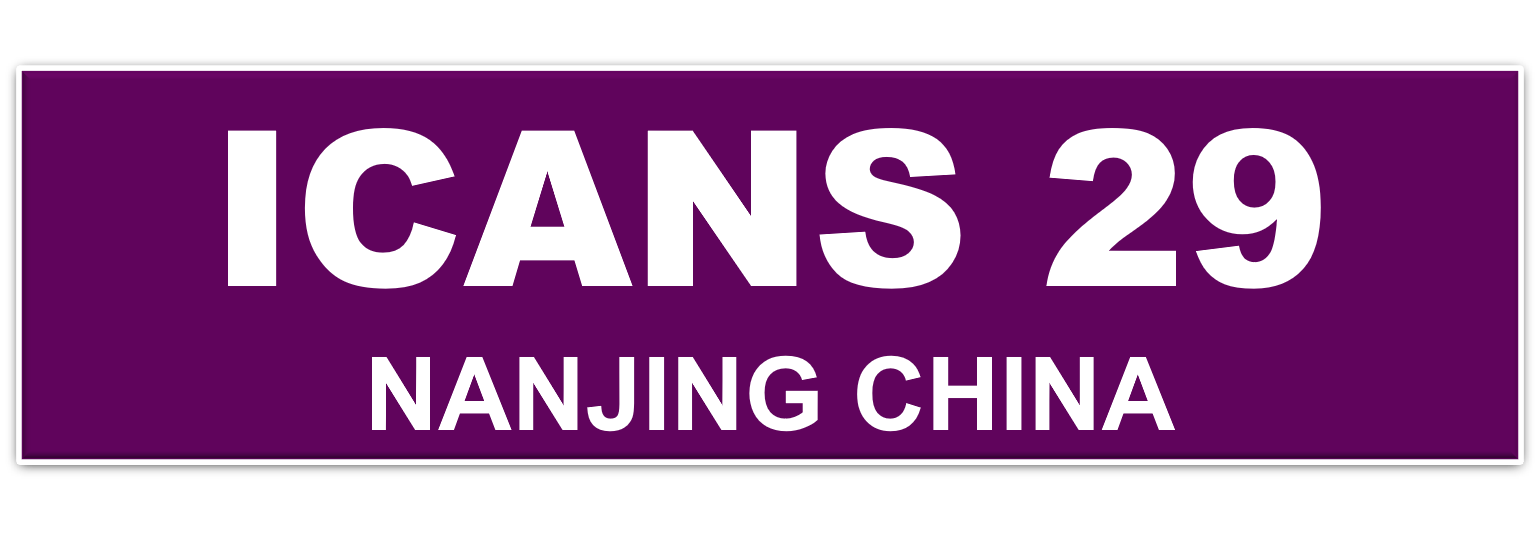Wenzhong Shen
Solar Cells
Shanghai Jiao Tong University,Physics 5-723, 800 Dong Chuan Road, Shanghai 200240, China
Email: wzshen@sjtu.edu.cn
Biography
Ph.D., Semiconductor Physics and Semiconductor Device, 1995, Shanghai Institute of Technical Physics, Chinese Academy of Sciences Professor in Physics, 1999, Shanghai Jiao Tong University (SJTU)
Changjiang Chair Professor, 2000, Minister of Education, CHINA
Distinguished Young Scientist Award, 2001, National Science Foundation of China
Changjiang Innovation Group Leader, 2005, Minister of Education, CHINA
Director, 2007-, Institute of Solar Energy, SJTU
Director, 2009-, Key Laboratory of Artificial Structures and Quantum Control, Ministry of Education, CHINA
Chairman, 2011-2019, Shanghai Solar Energy Society (SSES)
Distinguished PV Scientist Award, 2016, 10th International Photovoltaic Power Generation Conference & Exhibition
APVIA Award for Individual Technological Achievement, 2019, Asian Photovoltaic Industry Association (APVIA)
Elsevier 2020, 2021 Most Cited Chinese Researchers
Monographs:
Wenzhong Shen, Solar photovoltaic technology and application, Shanghai Jiao Tong University Press, 2013, Shanghai, ISBN: 978-7-313-10401-4/TM.
Wenzhong Shen and Zhengping Li, Physics and devices of silicon heterojunction solar cells, Scientific Press, 2014, Beijing, ISBN: 978-7-03-041514-1.
Wenzhong Shen et al., Technical standard of solar photovoltaic system on building, Tongji University Press, 2021, Shanghai, ISBN 978-7-5608-9773-8.
|
|
Abstract for Presentation
Application of amorphous and nanocrystalline silicon in advanced solar cells for carbon neutrality
Solar photovoltaic (PV) technology is expecting to play a key role in global carbon neutrality. The strong momentum of the PV industry comes from its rapidly decreased levelized cost of electricity due to the technological improvement and large-scale application. The lowest bid price for large-scale PV plants around the world has been reduced to 1.04cents/kWh in 2021, and both the US and Chinese governments have announced in 2021 that the PV power generation will become the biggest power source in 20-30 years with a proportion of ~40% of the total power generation. Among the global PV products, crystalline silicon (c-Si) solar cells have been the leader for 40 years and now have over 95% of the market share due to the advantages of mature industry, low manufacturing cost and high material reliability. Si passivated emitter and rear cell (PERC) dominates the current PV market with the mass-production averaged power conversion efficiency (PCE) of~23.1% in 2021. As the PERC is gradually approaching its PCE limit, the research hotspots in the c-Si community are focused on Si heterojunction (SHJ) and Si tunnel oxide passivated contact (TOPCon) solar cells. SHJ solar cell has been maintaining the world’s highest efficiency of 26.7% in the field of c-Si solar cells due to its effective carrier selective contacts and heterojunction interface characteristics.
The SHJ solar cell is based on the concept of hydrogenated amorphous silicon (a-Si:H)/c-Si heterojunction. The intrinsic a-Si:H (a-Si:H(i)) inserted between the c-Si and doped a-Si:H passivates the surface dangling bonds of c-Si effectively and provides the possibility of higher open-circuit voltage (VOC) for SHJ solar cells. However, the efficiency of a SHJ solar cell is limited mainly by the short-circuit current density (JSC) losses in the amorphous layers. This invited talk will present the recent progresses of the SHJ solar cells, including (i) the optimized a-Si:H(i) layer structure for better passivation, (ii) the application of nanocrystalline silicon (nc-Si:H) and oxygen-alloyed nc-Si:H (nc-SiOx:H) thin films to reduce the parasitic absorption, (iii) the employment of doped nc-Si:H or nc-SiOx:H for better conductivity and lower series resistance, thus higher fill factor (FF), (iv) the exploration of copper plating to replace the silver paste screen-printing for significantly low metallization cost, and (v) the further development of SHJ back contact and perovskite/SHJ tandem solar cells.
This work was supported by National Natural Science Foundation of China (11834011 and 11974242).
WELCOME TO CHINA TO ATTEND THE ICANS
23-26 August, Nanjing, China
Connect with us:



